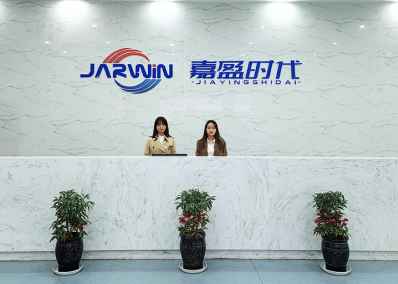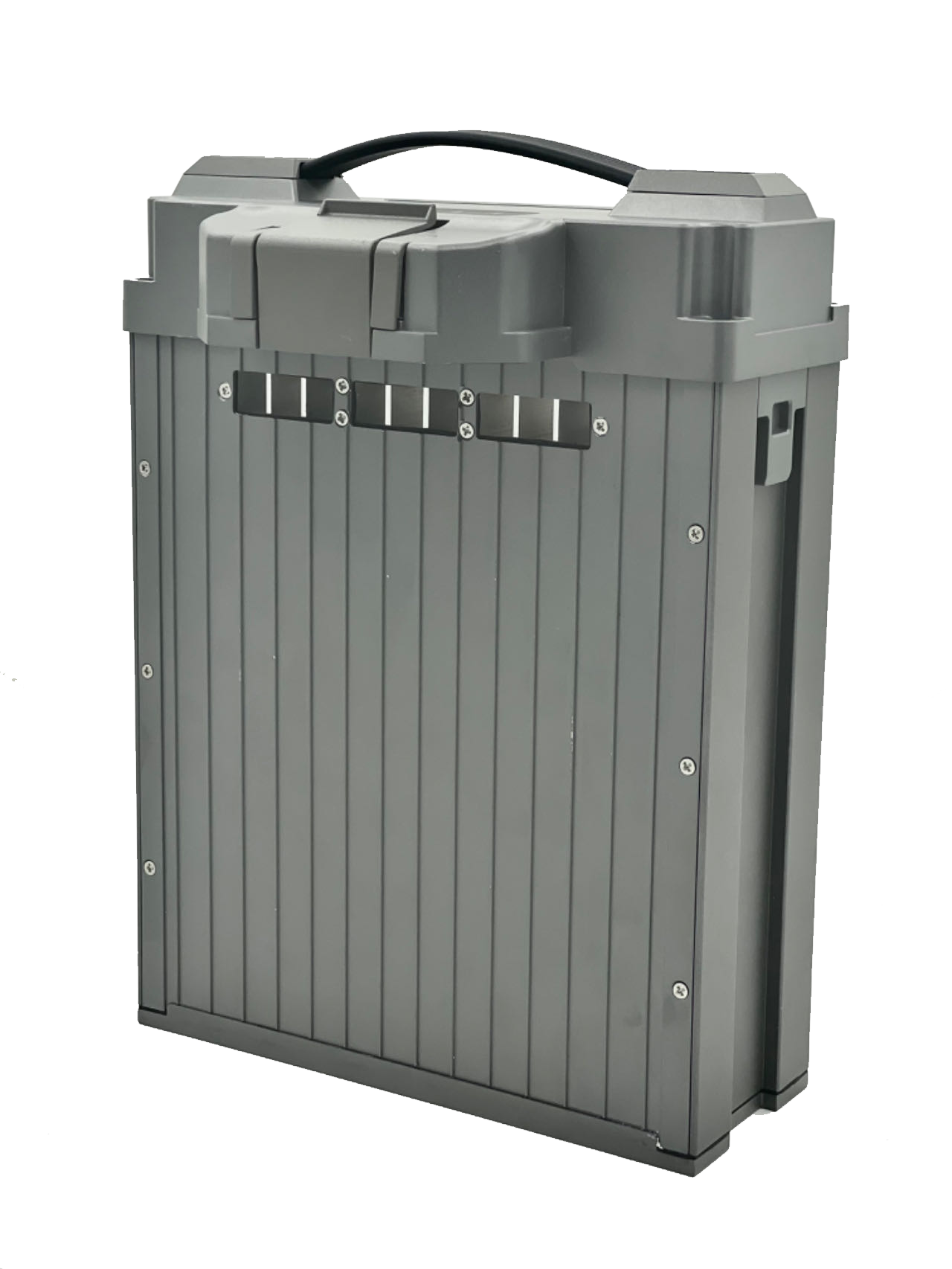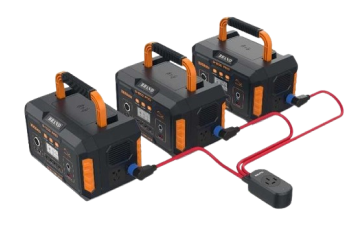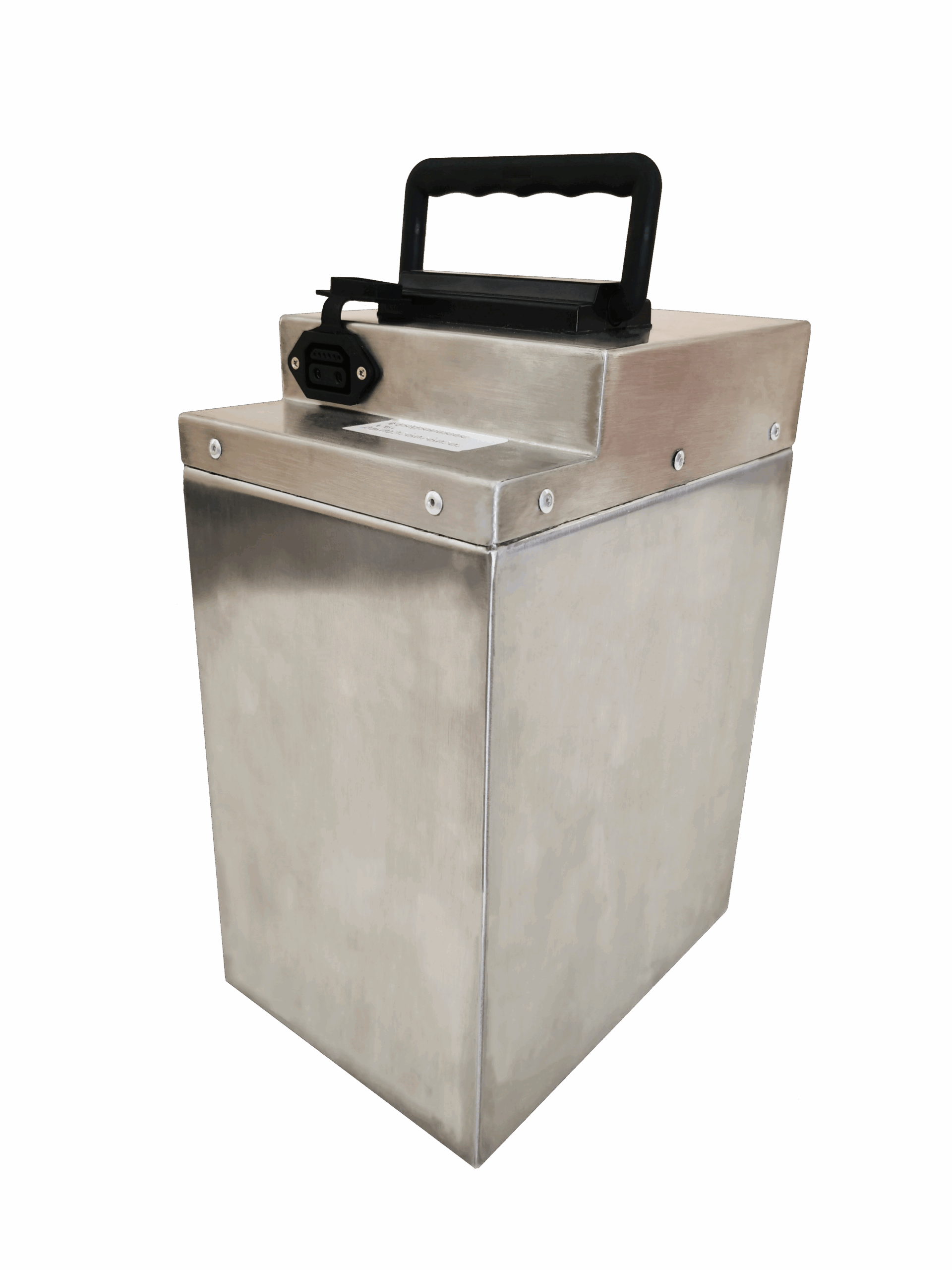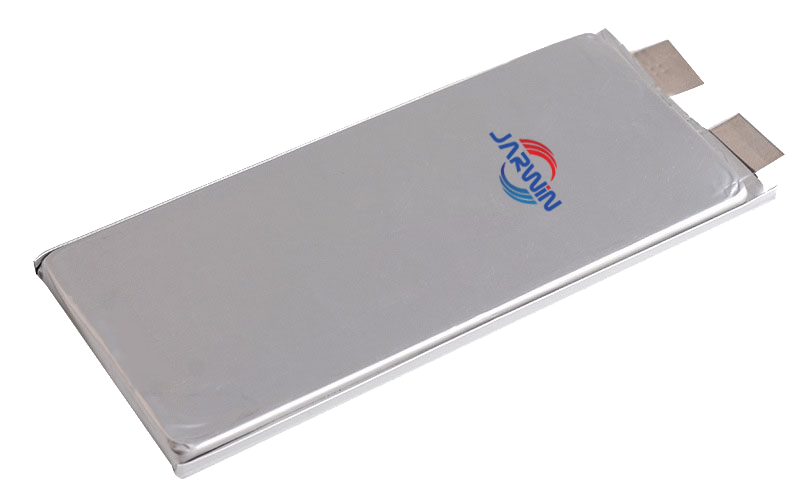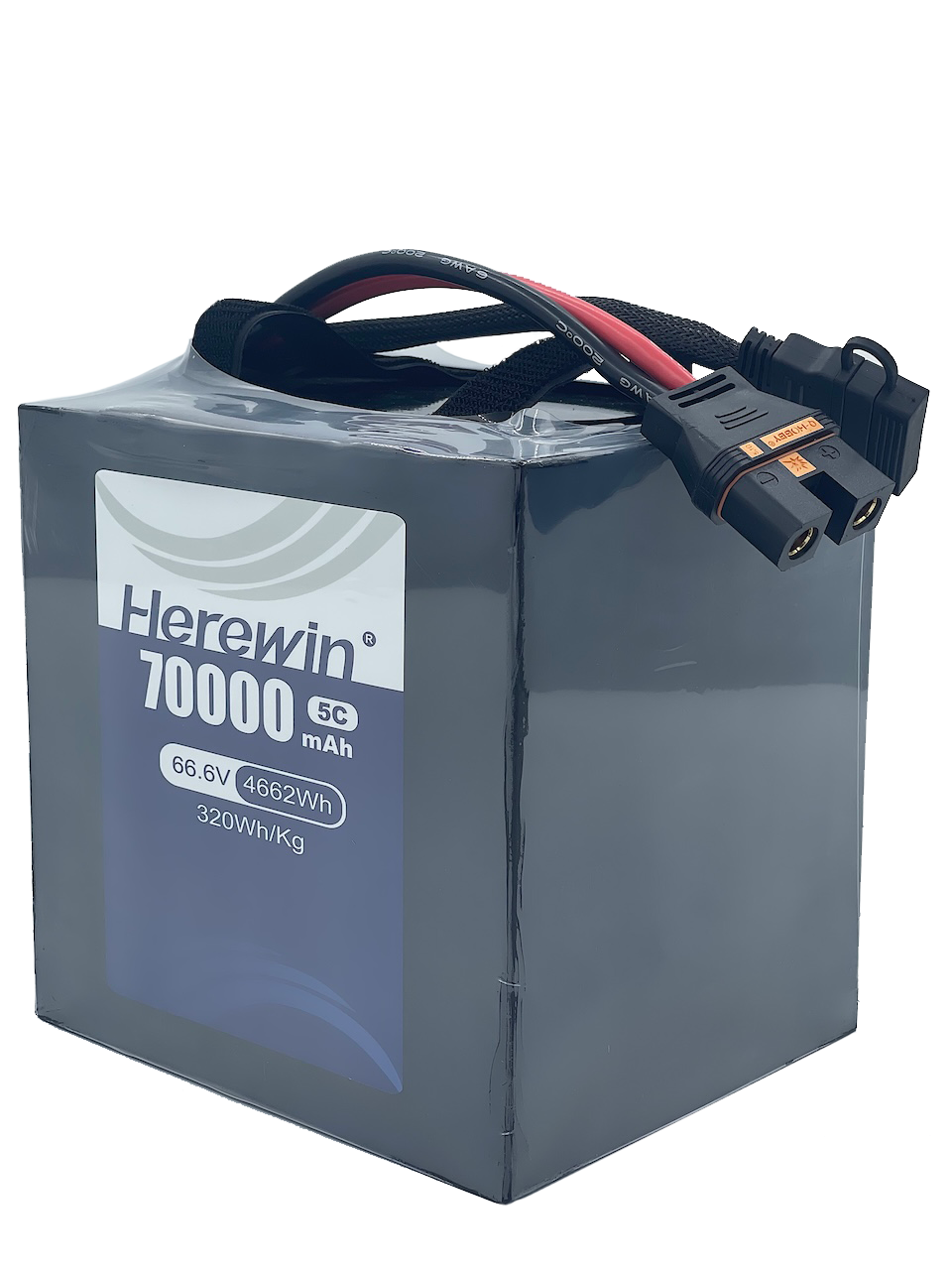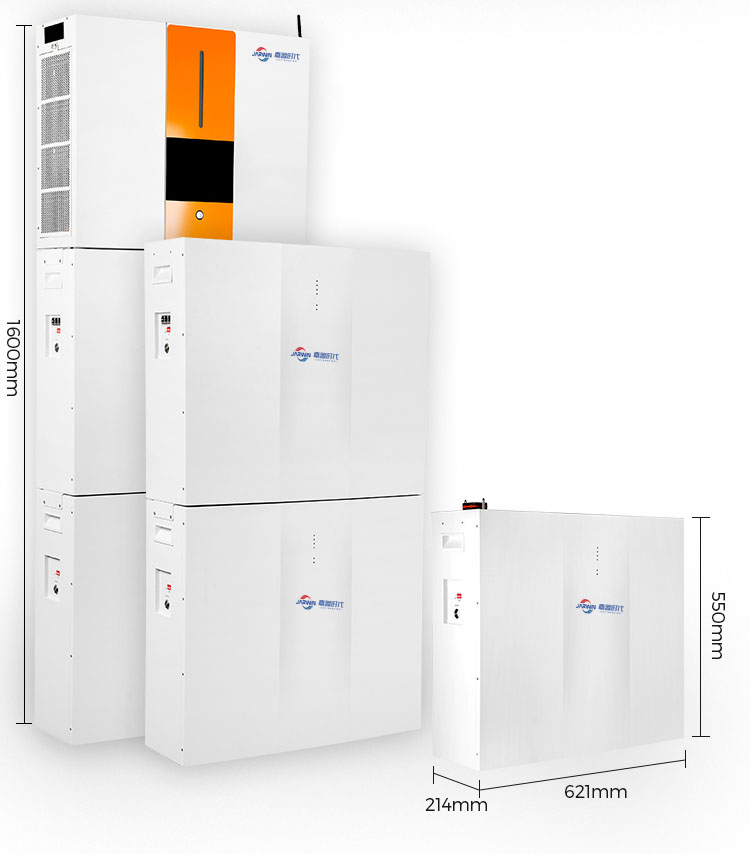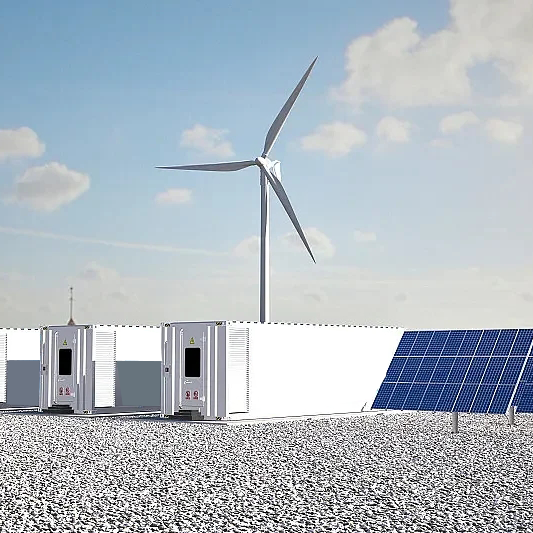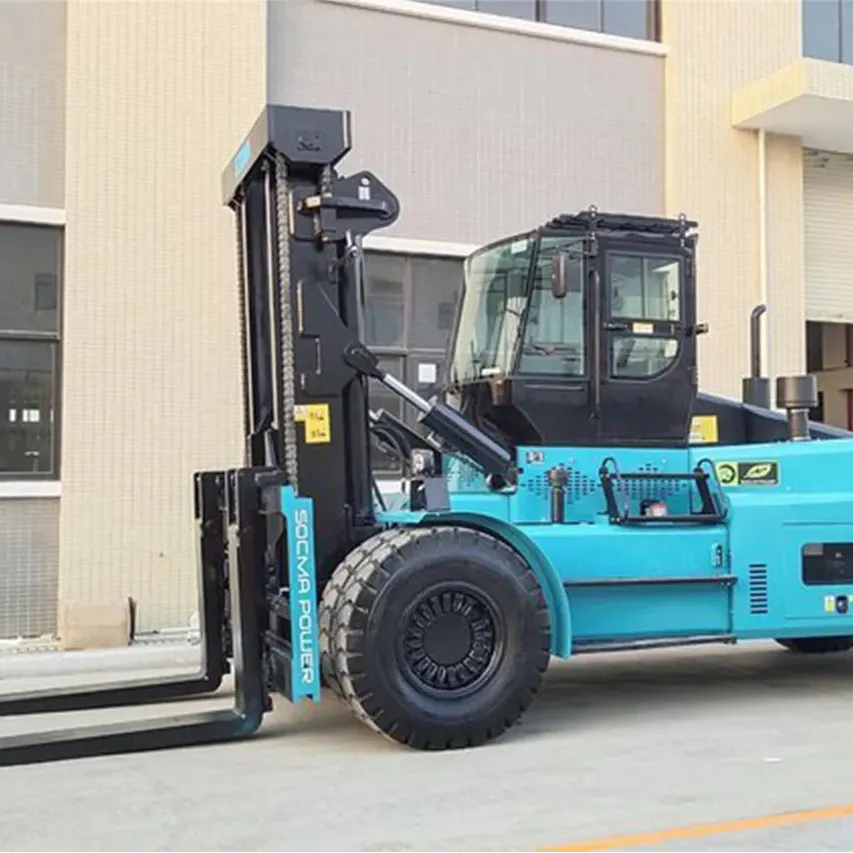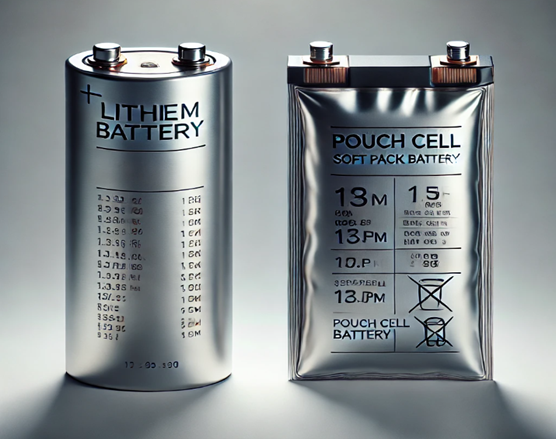
In today’s highly electrified world, lithium-ion batteries have become the “energy heart” of smart devices, electric vehicles, and energy storage systems. From everyday smartphones and laptops to new energy vehicles and smart grid storage stations, these batteries power billions of devices worldwide with their high energy density. However, as applications expand rapidly across sectors, safety concerns are increasingly coming to light. In recent years, over 2,000 injury cases and nearly 200 fatalities linked to battery-related incidents serve as stark reminders of their potential hazards. Today, we delve deep into the battery’s core—examining it through the lens of materials science—to uncover the key to lithium-ion battery safety.
ประเด็นสำคัญ
- Pick batteries made with safer materials for better safety and use. New ideas like nonflammable liquids and stronger anodes lower risks a lot.
- Don’t overcharge your devices. Unplug them once fully charged to stop overheating or fires.
- Keep batteries in cool, dry spots. Hot or wet places can make them unsafe, so avoid heat and moisture.
- Check batteries often for damage or swelling. Finding problems early can stop accidents and keep them safe to use.
- Use batteries with good safety features. Systems that watch charging and use can stop overheating and other dangers.
Fatal Crisis: The Chain Reaction of Thermal Runaway

Thermal runaway is widely regarded as the number one threat to lithium-ion battery safety. This catastrophic chain reaction is triggered when the heat generated inside a battery far exceeds its ability to dissipate it. The result: temperatures can spike instantly to 701.8°C ± 42°C, internal pressure surges at a rate of 64.6 ± 10.8 kPa·m·s⁻¹, high-pressure gases are expelled at speeds of 140 m/s, and flames can spread at a velocity of 55 m/s—leading to fires or even explosions.
Over the past five years, thermal runaway incidents have increased by 28%, now averaging two cases per week. Notably, e-cigarettes account for 35% of these events, while 87% of in-flight battery-related thermal runaways occur in the passenger seating area. These statistics underscore an urgent need to address critical safety challenges.
Material Choices: The Underlying Logic of Safety
The safety of a lithium-ion battery is fundamentally determined by its four core components: the cathode, anode, electrolyte, and separator. The distinct properties of each material directly influence the battery’s thermal stability, energy density, and risk of failure.

Cathode Materials: Balancing Energy and Risk
The Price of High Energy Density:
Lithium Nickel Manganese Cobalt Oxide (NMC) and Lithium Nickel Cobalt Aluminum Oxide (NCA) are widely used in electric vehicles due to their high energy density. However, this performance comes at a cost—when fully charged, these materials can release up to three times more energy than a graphite anode. Under high temperatures, their crystal structures undergo phase transitions and release oxygen, which reacts violently with the electrolyte, often acting as the trigger for thermal runaway.
The Safer Alternative:
Lithium Iron Phosphate (LiFePO₄), with its stable olivine crystal structure, resists phase changes and oxygen release even at elevated temperatures. It offers long cycle life and excellent charge-discharge performance, making it especially suitable for high-safety-demand applications such as energy storage stations and electric buses.
Anode Materials: Innovation Amid Hidden Risks
The Bottleneck of Traditional Graphite:
Graphite anodes, while stable and widely used, have a limited theoretical capacity of only 372 mAh/g. During fast charging, they are prone to forming lithium dendrites—needle-like structures that can pierce the separator and cause internal short circuits.
Challenges of Cutting-Edge Technologies:
Next-generation anode materials such as silicon-based anodes (with a theoretical capacity of 4,200 mAh/g) and lithium metal anodes (3,860 mAh/g) offer significantly higher energy density. However, they face major challenges: silicon suffers from substantial volume expansion during cycling, while lithium metal is highly susceptible to dendrite growth. To address these safety concerns, researchers are advancing solutions such as nanostructure design, composite materials, and the integration of solid-state electrolytes.
Electrolyte: The Root of Flammability and the Path to Innovation
Traditional organic electrolytes, typically based on carbonate solvents, are highly flammable and volatile — making them key contributors to thermal runaway. Under high temperatures or short-circuit conditions, these electrolytes decompose and ignite, releasing intense heat and flammable gases.
In response, recent research has focused on non-flammable alternatives such as ionic liquid electrolytes, high-concentration electrolytes, and solid-state electrolytes. These emerging systems aim to eliminate fire hazards at the source, marking a crucial step toward intrinsically safer battery technologies.
Separator: The Last Line of Defense Against Short Circuits
Polyolefin separators (PE/PP) are widely used in lithium-ion batteries, but they tend to melt and shrink at high temperatures (130–180°C), increasing the risk of direct contact between the cathode and anode—leading to short circuits.
Our company adopts a dual-separator technology approach—gel polymer separators and ceramic-coated separators—to comprehensively enhance battery safety and performance:
- Gel Polymer Separator:
Withstands temperatures above 200°C, with a thermal shrinkage rate of ≤1% at 150°C. It boosts ionic conductivity by 20%–30% and is compatible with ultra-high-voltage systems (up to 4.45V). Reinforced with a nano-ceramic structure, it offers 50% higher puncture resistance, enabling 10-minute fast charging and stable performance across wide temperature ranges. - Ceramic-Coated Separator:
Offers thermal stability up to 250°C. Its nanometer-scale coating precisely controls pore size and improves electrolyte wettability by 40%. It features strong chemical stability and is compatible with next-generation battery chemistries, delivering outstanding performance in electric vehicles and energy storage applications.
These two separator technologies work in synergy with our proprietary electrode materials and electrolyte systems, providing dual protection for both safety and performance.
Usage and Environment: The Driving Forces Behind Safe Operation
In addition to material factors, improper usage and environmental conditions also pose serious threats to battery safety. Overcharging can lead to cathode structure collapse and the growth of lithium dendrites on the anode, while short circuits generate sudden high currents and intense heat.
High temperatures accelerate electrolyte decomposition; low temperatures promote lithium plating; and humid environments can corrode electrodes. All of these risks must be carefully avoided through proper handling, system design, and operational safeguards.
Herewin Innovation: Redefining the Safety Benchmark
In the race toward safer battery technology, Herewin stands at the forefront with three core advantages that set a new industry standard:
Material Innovation: Eliminating Thermal Runaway at the Source
Herewin tackles safety from the root by selecting inherently stable materials:
- Cathode Material:
Herewin uses lithium iron phosphate (LiFePO₄), renowned for its exceptional thermal stability. Its olivine crystal structure resists phase transitions and does not release oxygen under high temperatures—minimizing the risk of fire or explosion. - Electrolyte:
A newly developed, non-flammable electrolyte formulation significantly increases the ignition point. Even under extreme abuse, it resists combustion, eliminating a key contributor to thermal runaway. - Separator:
High-strength composite separators provide outstanding mechanical durability, capable of withstanding penetration by lithium dendrites. These separators also retain structural integrity at elevated temperatures, preventing contact between electrodes and effectively eliminating the risk of short circuits.
Intelligent Protection: The Smart Brain of Battery Safety
Herewin integrates an advanced Battery Management System (BMS)—a true “smart brain” for battery protection:
- Equipped with high-precision sensors, the BMS monitors key parameters such as voltage, temperature, and current in real time.
- Upon detecting any abnormality—whether it’s a voltage spike, rapid temperature rise, or current fluctuation—the system reacts within milliseconds, immediately cutting off the power supply to neutralize potential hazards.
- In addition, the BMS leverages intelligent data analytics to assess long-term operational trends and proactively predict risks, enabling preemptive protection rather than passive response.
Rigorous Validation: Extreme Testing, Reliable Results
Herewin enforces one of the most stringent testing protocols in the industry:
- Overcharge, over-discharge, crush, puncture, and thermal shock tests simulate extreme abuse scenarios.
- Overcharge testing ensures that batteries remain safe even at voltages far above normal limits.
- Crush tests validate the structural resilience of the battery under physical compression.
- Thermal testing evaluates performance across a wide temperature range from -20°C to 55°C.
Only products that pass every layer of this intensive testing process are released to market—guaranteeing that Herewin batteries perform reliably across demanding applications such as drones, electric vehicles, and energy storage systems.
The evolution of lithium-ion battery safety is, at its core, a battle driven by breakthroughs in materials science and technological innovation. From microscopic molecular structure optimization to system-level protection at the macro scale, each technological advancement strengthens the safeguards around how we store and use energy.
Herewin remains at the forefront of this progress—constantly exploring, innovating, and applying the latest technologies. As solid-state batteries, nanomaterials, and other cutting-edge solutions continue to mature, Herewin is committed to increasing R&D investment and pushing the boundaries of what’s possible. Our goal is to strike an ever-higher balance between safety and performance, setting new industry standards and delivering safer, more efficient, and more reliable energy solutions for users worldwide.
คำถามที่พบบ่อย
What are safe ways to store and charge lithium-ion batteries?
Keep batteries in a cool, dry spot, away from sunlight. Always use chargers made for your battery by the manufacturer. Don’t overcharge or leave devices plugged in too long. Check for any damage before using them. These tips help keep batteries safe and working well.
How can you avoid dangers with lithium-ion batteries?
Look at batteries often to check for swelling or damage. Keep them away from very hot or cold places. Use batteries that have systems to control heat. Follow the maker’s rules for charging and using them. These steps lower risks and keep you safe.
Why is heat control important for lithium-ion batteries?
Heat control systems keep batteries from getting too hot. This stops fires or explosions from happening. They also help batteries work better by keeping the right temperature.
What should you do if a lithium-ion battery gets too hot?
Stop using the device right away. Place it on a safe, non-flammable surface. Don’t touch the battery with your hands. If there’s smoke or fire, use a fire extinguisher made for electrical fires. Contact the battery maker for more help.
How do weather and water affect battery safety?
Hot weather can make batteries overheat, while cold weather makes them harder to use. Water can damage parts inside the battery, causing it to fail. Keep batteries away from extreme weather and water to stay safe and keep them working well.

